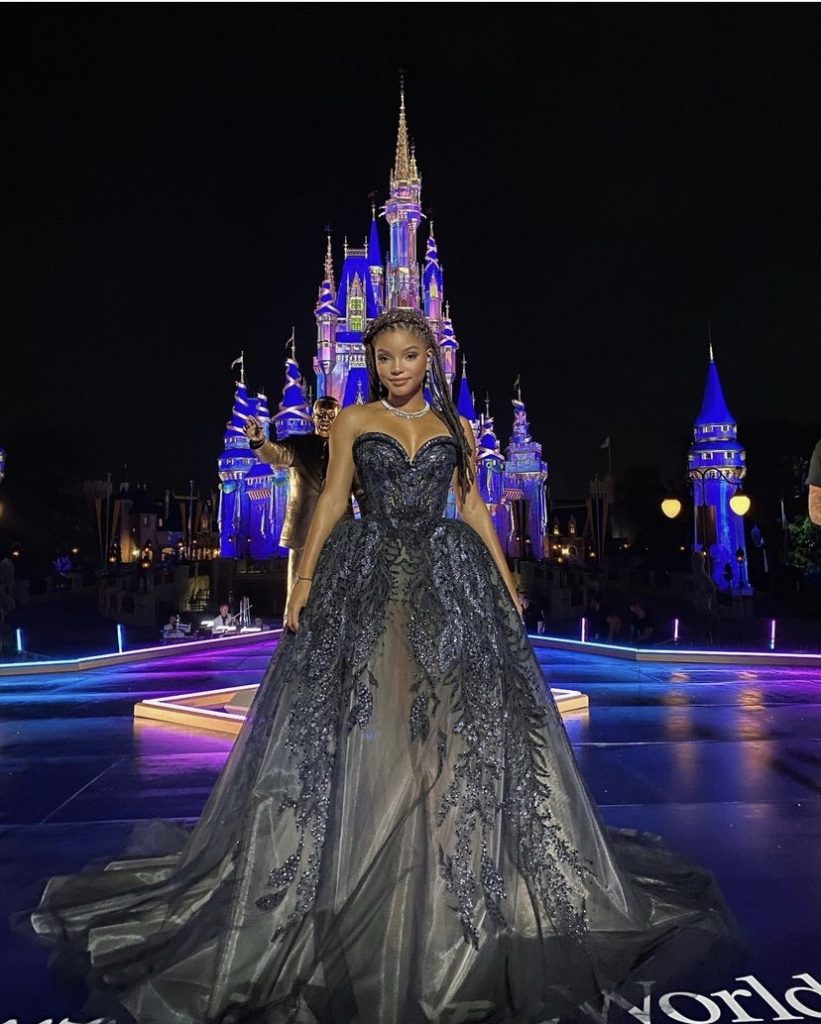I Hear You and I Disagree….Mostly
In light of all the recent controversy surrounding Disney's live action trailer of The Little Mermaid, I decided to dive head first into the rabbit hole of criticism and see what all the fuss is about.
After reading the Hand Christian Anderson version and watching at 1989 adaptation I was intrigued when I saw the trailer for the live action remake…and even more intrigued at all the controversy surrounding it. After hopping on a Quora forum, I found that many people had taken offense to its dismissal of the European tradition and the “original” storyline (I would say that authorship is difficult with fairy tales) and not necessarily because the actress is black but rather because of Disney “black-washing” for money.

Halle Bailey is cast as the Ariel in the upcoming 2023 reboot and many people have things to say….
(Photograph of Halle Bailey at Walt Disney World/ October 2,2021/ ABC news)
But, if the 2023 soon to be out version is offensive in its dismissal, then I would argue that the 1989 version is also offensive for those very same reasons.
I’m not sure if I just missed it while going to the bathroom or something, but I don’t recall Ariel’s feet ever bleeding or her finding God. And I would think that the addition of singing animals would be more disrespectful than the changing of skin color? It’s also not like the 1989 version is going away, people can still have their nostalgia, but if what they’re really looking is nostalgia then they should return to the “original” text instead. Because that’s what this nostalgia is coming from, not the storyline but a specific version of it. And at this point all we get to see is the trailer; we don’t know how much the story itself will change.
What is the best way to introduce diversity into Disney films?
I personally do agree that Disney is just doing this for a cash grab, like all their other live action remakes, but if they are doing it i’m at least glad they are adding some new diversity. Representation in films is important, especially children’s films. However, I would honestly rather see them do an original storyline or show off stories from different cultural traditions than try to inject diversity into what is clearly another cash-grab remake. So my question is this; what is the best way to introduce diversity into remakes?


